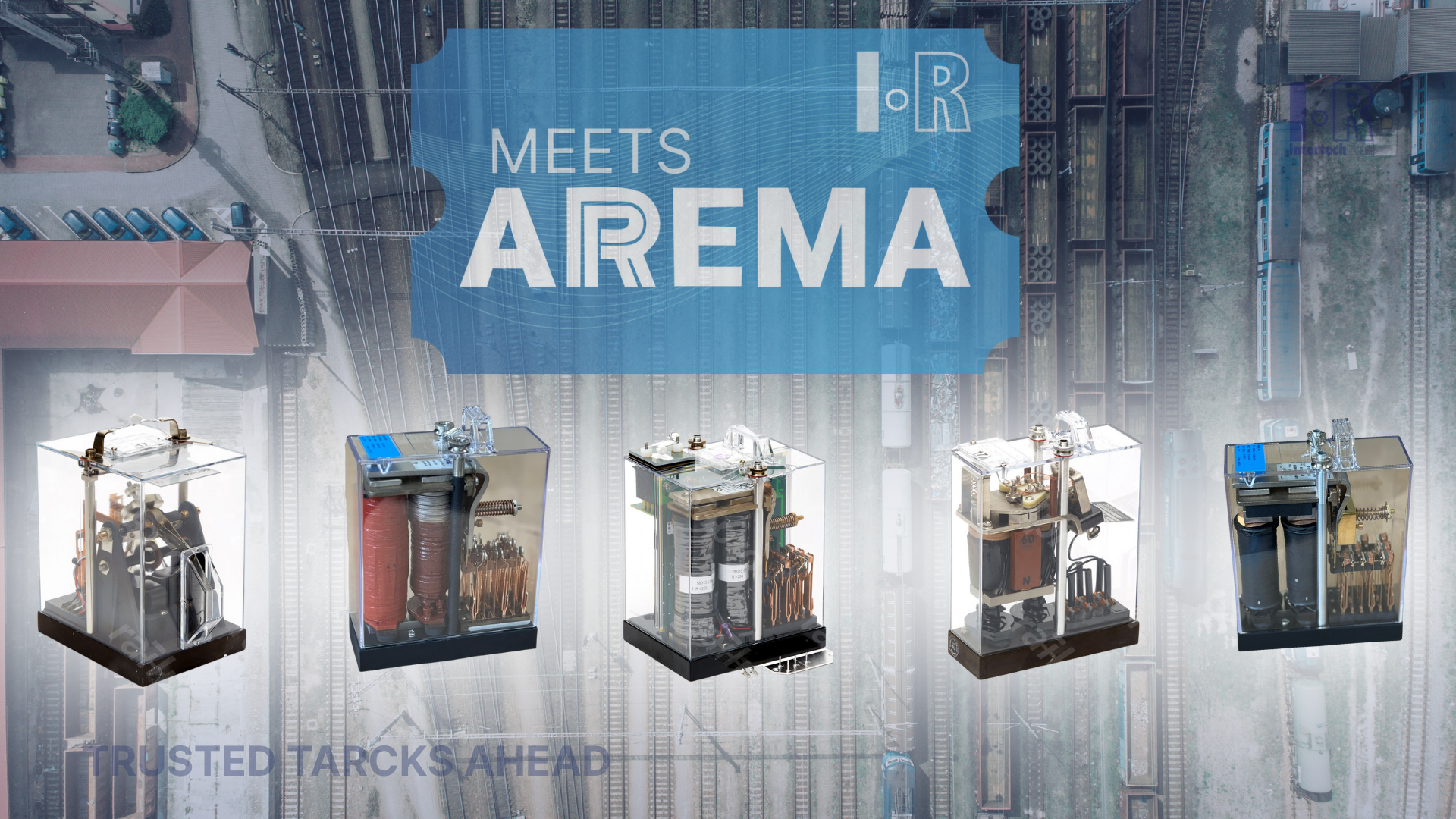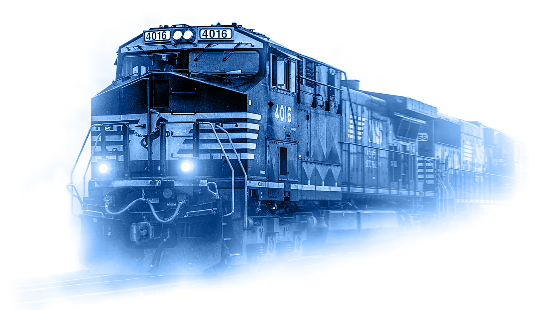Revolutionizing Rail Control: The History of RFID Technology
In the ever-evolving landscape of transportation, the efficiency and safety of rail systems have always been the major important objective. One technology that has played a crucial role in revolutionizing rail control is RFID (Radio Frequency Identification).
The Evolution of RFID Technology: Revolutionizing Rail Control Systems
From its humble beginnings to its widespread adoption in rail management, RFID technology has transformed the way trains are monitored, controlled, and managed. In this article, we delve into the history of RFID technology and explore its significant contributions to rail control systems.
Tracing the Roots of RFID: From Theremin to Industry Applications
The roots of RFID technology can be traced back to the early 1940s when Léon Theremin, a Russian physicist, developed a device capable of emitting radio waves and detecting their reflections. However, it wasn't until the 1970s that the concept of RFID was fully realized and applied in various industries. Early implementations of RFID primarily focused on tracking objects in manufacturing and logistics.
With the growing need for more efficient and safer rail operations, the adoption of RFID technology in the rail industry gained momentum in the late 1990s. The ability of RFID tags to store and transmit data wirelessly without the need for line-of-sight scanning made them an ideal solution for monitoring and controlling trains.
Enhancing Rail Control with RFID Asset Management
One of the primary applications of RFID technology in rail control is asset management. RFID tags, affixed to railcars, locomotives, or even individual components, provide a unique identification code that can be easily scanned and tracked throughout the rail network. This enables rail operators to efficiently manage their assets, monitor maintenance schedules, and ensure the availability of equipment when needed.
Enhancing Safety and Security in Rail Control Systems with RFID
RFID technology has also significantly enhanced safety and security in rail control systems. By installing RFID readers at critical points along the rail infrastructure, such as junctions, stations, or crossings, train movements can be precisely monitored. This enables real-time identification of trains and helps prevent accidents by detecting unauthorized entries into restricted areas.
Streamlining Inventory and Supply Chain Management with RFID
Efficient inventory and supply chain management are crucial for seamless rail operations. RFID tags have greatly improved these processes by enabling accurate and real-time tracking of goods and components. From freight cars carrying valuable cargo to spare parts in stock, RFID technology provides rail operators with detailed visibility, ensuring timely replenishment and minimizing delays.
The Promising Future of RFID in Rail Control
As technology continues to advance, the future of RFID in rail control looks promising. Integration with other emerging technologies, such as Internet of Things (IoT) and Artificial Intelligence (AI), will further enhance the capabilities of RFID systems. This integration will enable predictive maintenance, automatic scheduling, and advanced analytics for more efficient and reliable rail operations.
Moreover, advancements in RFID tag design, such as smaller form factors, increased read ranges, and improved durability, will make implementation even more practical and cost-effective. These developments will lead to broader adoption across the rail industry and open doors for new applications and possibilities.
Intertech Rail has implementing projects of RFID since 2004 in 2 major areas:
- AEI – Automatic Equipment Identification – as mentioned in the asset control and yard management of all Rolling Stocks. Using tags as its “transportation tags- 915Mhz” and Readers/Antennas as its Multiprotocol Xpress READER.
- TPS – Train Positioning system – used in the most important ATC (Automatic Train Control) and ATO (Train Operation) around the world.




1501 Venera ave Suite 320A Coral Gables, FL 33146
+55 11 985974011 (Brazil)
+1 614 302 1900 (USA)
Intertech Rail 2024 - All Rights Reserved





